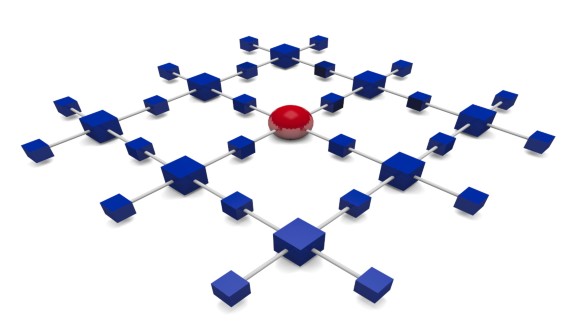 Alex Ganose, Department of Chemistry, Imperial College London, UK
Alex Ganose, Department of Chemistry, Imperial College London, UK
Dr. Alex Ganose is a Lecturer in the Department of Chemistry at Imperial College London. His work is focused on using computational materials chemistry, machine learning, and high-throughput calculations to design new materials for energy applications. He is a co-investigator for the Materials Project, an open database of computational materials properties, and he leads the development of several open-source software packages for high-throughput materials science calculations.
Matthew D. Witman, PhD, Sandia National Laboratories, United States Dr Matthew D. Witman is a Senior Member of the Technical Staff, Sandia National Laboratoriesat using data science, machine learning, and computational materials science to facilitate the discovery of improved materials for hydrogen storage and generation. He obtained the PhD degree in Chemical Engineering from University of California, Berkeley. His research focuses on applying a diverse computational skill set to solve problems and make new discoveries at the intersection of material science, statistics, computer science, and machine learning.
Dr Matthew D. Witman is a Senior Member of the Technical Staff, Sandia National Laboratoriesat using data science, machine learning, and computational materials science to facilitate the discovery of improved materials for hydrogen storage and generation. He obtained the PhD degree in Chemical Engineering from University of California, Berkeley. His research focuses on applying a diverse computational skill set to solve problems and make new discoveries at the intersection of material science, statistics, computer science, and machine learning.

